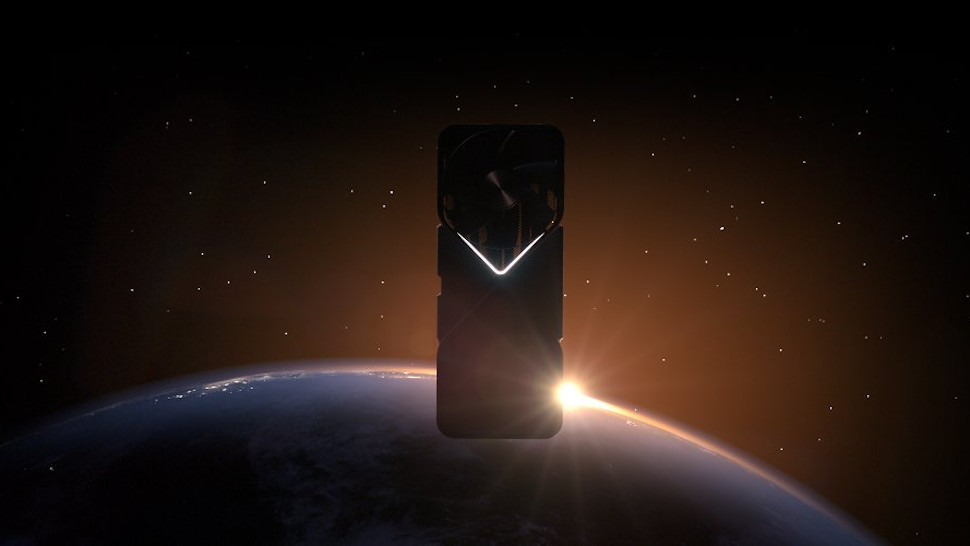If you still own an RTX 3000 series GPU, you might be in luck – Nvidia could bring Frame Generation to your old hardware

Nvidia’s Bryan Catanzaro hints at the possibility of older RTX 3000 GPUs acquiring the Frame Generation feature. The new Frame Generation model, eliminating the need for an Optical Flow accelerator, could also be accessible to the RTX 3000 series based on the utilization of Tensor Cores. Despite the upcoming launch of the RTX 5000 series, the inclusion of Frame Generation could provide a valuable upgrade for RTX 3000 users. This development was suggested by Bryan Catanzaro in an interview with Digital Foundry.
The enhancements in Frame Generation, expected to be introduced with the RTX 5080 and 5090 models, are set to optimize performance while reducing VRAM usage through the utilization of advanced AI solutions instead of the Optical Flow accelerator. Although the availability of Frame Generation for the RTX 3000 series depends on their Tensor Cores’ capability, there is a potential for future updates to bring this feature to older GPUs. Despite being a speculation, the introduction of DLSS 4 with Frame Generation could prolong the usability of RTX 3000 GPUs and offer gamers an alternative to investing in the newer RTX 5000 series.
Overall, the ongoing discussions and developments related to Frame Generation for older GPUs showcase Nvidia’s commitment to enhancing the gaming experience for a wider user base. As we anticipate further updates, the potential introduction of Frame Generation for RTX 3000 GPUs could extend the lifespan of these graphics cards and offer users an opportunity to enjoy the latest PC games for years to come.







